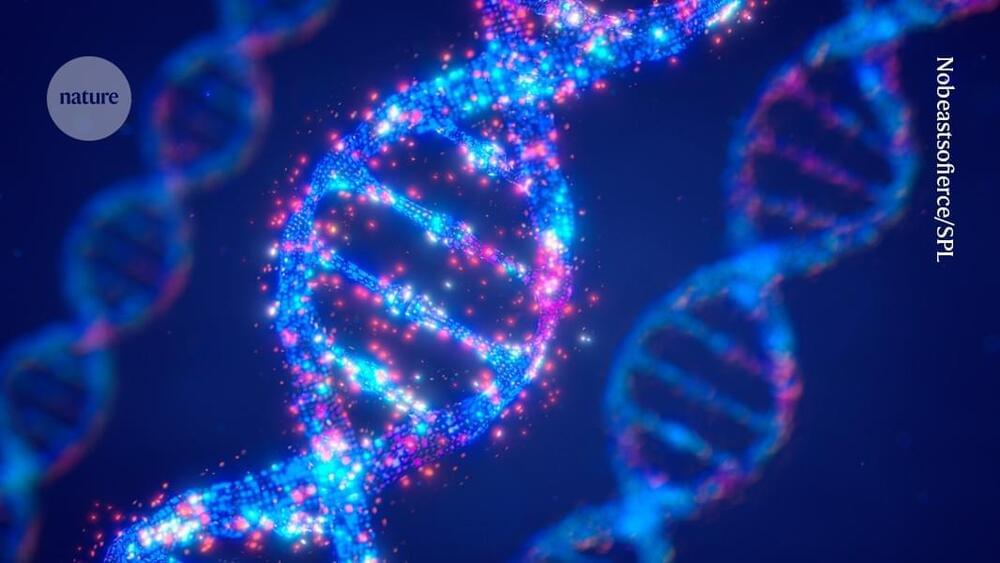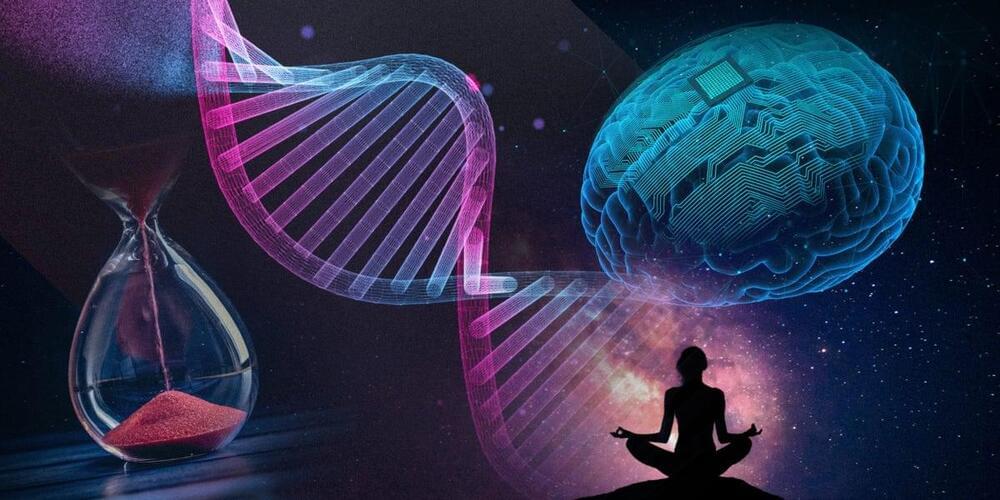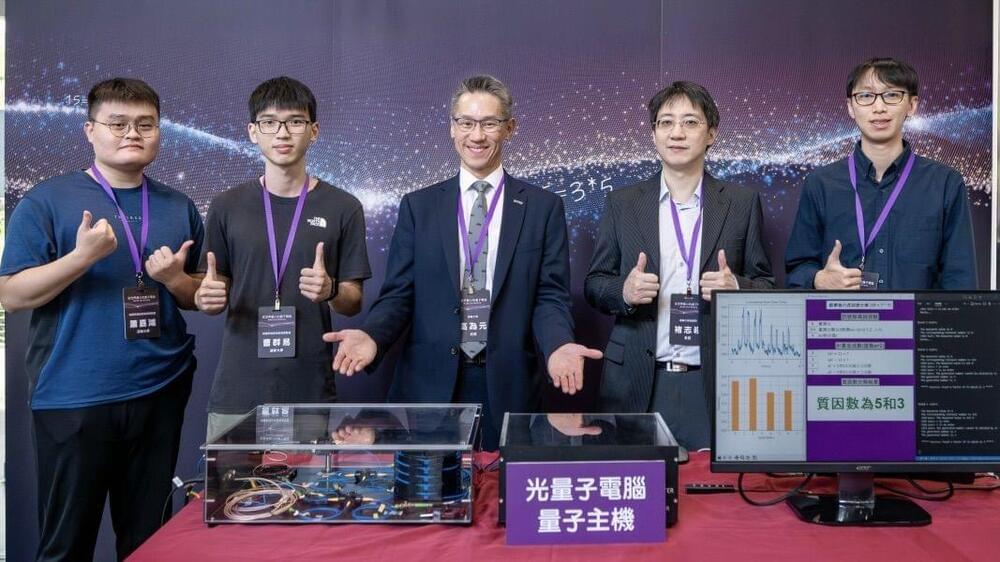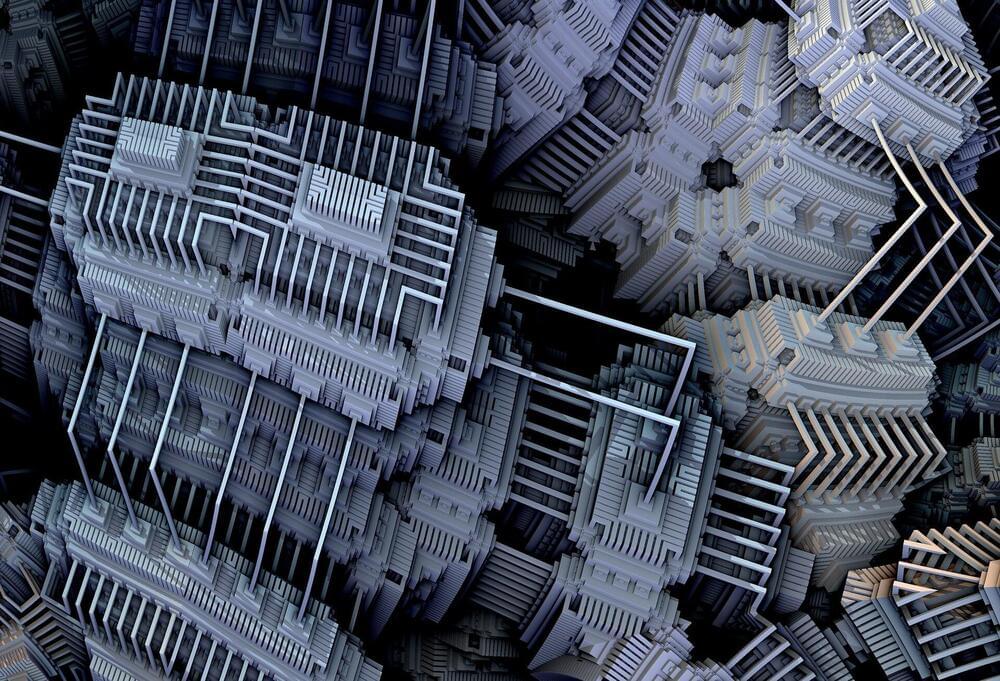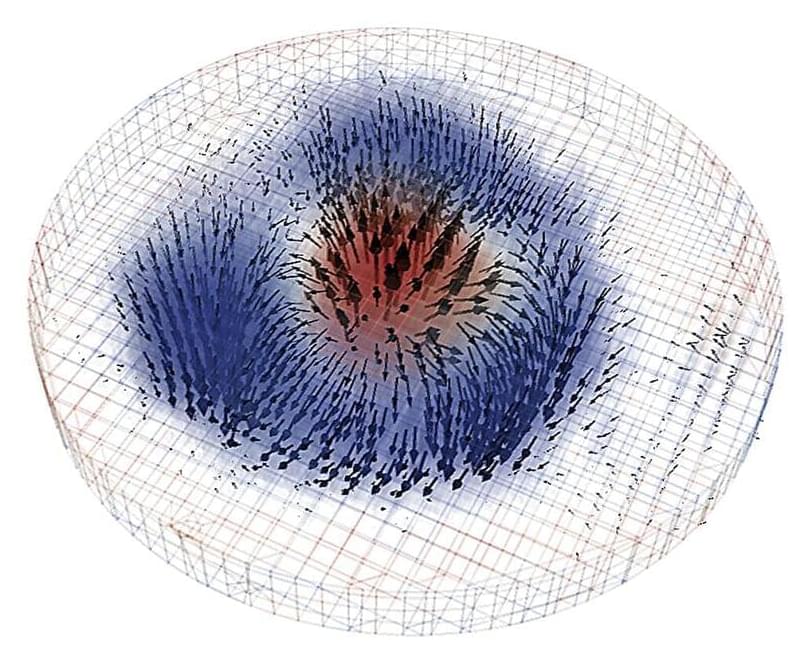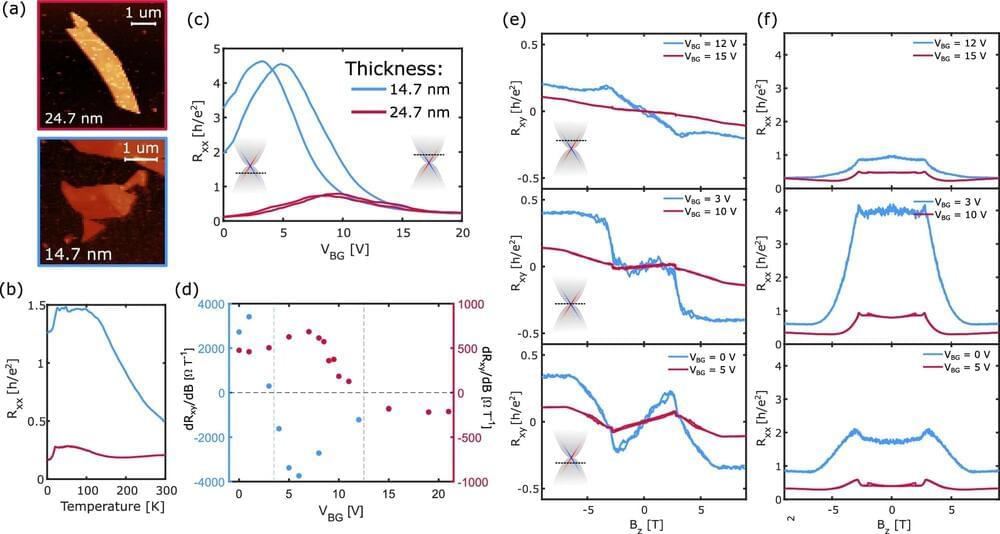
For the first time since the discovery of the material MnBi2Te4 (MBT), researchers at the University of Twente have successfully made it behave like a superconductor. This marks an important step in understanding MBT and is significant for future technologies, such as new methods of information processing and quantum computing.
MBT is a recently discovered material attracting attention due to its unique magnetic and topological properties. In their research, the scientists examined how electricity behaves in the material. The findings are published in the journal Communications Materials.
MBT’s topological properties cause electrons to move only along the edges of the material, and in theory, they should only move in a clockwise direction. However, the experiments at Twente demonstrated that under certain conditions, the electrons can rotate both clockwise and counterclockwise.
